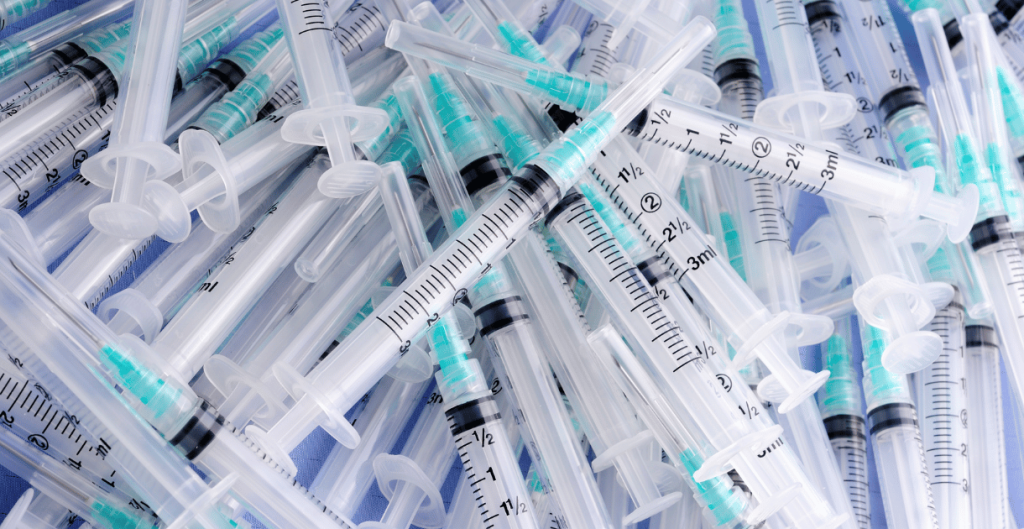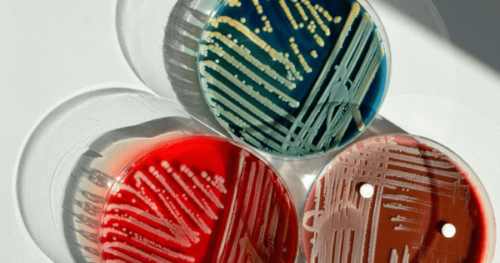Ensuring precise and reliable results in laboratory and research applications begins with choosing the right syringe filter. Here’s a comprehensive guide outlining 12 crucial steps to consider when selecting a syringe filter:
1. Compatibility with Sample:
Assess the chemical compatibility of the syringe filter with your sample. Different membrane materials suit specific sample types, including aqueous solutions, organic solvents, or aggressive chemicals. Confirm the filter material aligns with the substances in your sample.
2. Pore Size:
Tailor the pore size to the particles you aim to remove from the sample. Opt for a larger pore size (e.g., 5 µm) for filtering out large particles, and choose a smaller pore size (e.g., 0.2 µm) for fine filtration.
3. Filtration Volume:
Consider the volume of your sample requiring filtration. Larger syringe filters with increased filtration areas are apt for efficiently filtering larger volumes.
4. Sample Volume Retention:
Be mindful of the hold-up volume, indicating the sample retained within the filter after filtration. Minimize hold-up volume to maximize the recovery of filtrate.
5. Sterilization Compatibility:
If sterile filtration is necessary, verify the compatibility of the syringe filter with your preferred sterilization method, whether autoclaving or gamma irradiation.
6. Filtration Speed:
Account for the filtration speed, especially when dealing with substantial sample volumes. Faster filtration saves time and enhances productivity.
7. Application:
Identify the specific application for which you need the syringe filter. Different applications may necessitate filters with unique features, such as low protein binding for biological samples or chemical resistance for aggressive solvents.
8. Luer Lock or Luer Slip Connection:
Choose between luer lock and luer slip connections based on your preference for a secure fit or easy attachment.
9. Packaging:
Determine whether individually packaged, sterile filters are needed to prevent contamination and simplify handling.
10. Brand and Quality:
Opt for syringe filters from reputable brands known for their quality and consistency. High-quality filters ensure reliable and reproducible results.
11. Budget:
While prioritizing quality, consider your budget constraints. Select a syringe filter that meets your requirements without exceeding your budget.
12. Compatibility with Syringe Size:
Confirm that the syringe filter is compatible with the size of the syringe you plan to use, as they are available in various diameters.
By diligently considering these factors, you can confidently choose the right syringe filter tailored to your specific filtration needs. This thoughtful selection ensures efficient and effective sample preparation and analysis in your laboratory endeavors.



